Candace McIntosh didn’t grow up in church, but for a short stint in her teen years, she attended a small church in her area.
While there, she was involved in Acteens, a missions discipleship group for girls in grades 7–12. And it changed her.
“It introduced me to a bigger world than my world on the farm in rural north Florida,” said McIntosh, now executive director of Alabama Woman’s Missionary Union. “That’s when I began to learn that God used a group of people called missionaries to do His work. Then as a young adult when I reentered the church, that’s when that passion grew deeper and wider.”
People came alongside her and helped her understand God’s heart for the lost, she said, and that changed the way she viewed both the world and her purpose in it.
It’s a legacy that’s been passed down for generations — people telling others about what God is doing and how He’s using missionaries to accomplish the task of sharing the gospel with those who haven’t heard it.
Missions discipleship is “not a program, it’s not an organization — it’s the vital part of the discipleship of children, students and adults to get the bigger picture of where God is at work and how He would want them to join Him in that work,” McIntosh said.
A legacy
Since the state’s beginnings, Alabama Baptists — especially women — have championed missions discipleship.
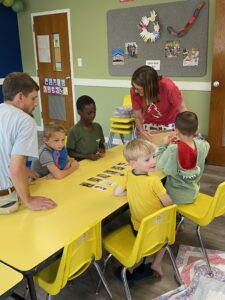
As 15 men gathered to start the Alabama Baptist State Convention in 1823, all of them were there as representatives of missions societies, many of which were women’s societies.
The group reported that they knew of 17 existing women’s missions organizations total, according to “Declaring His Glory: Celebrating 125 Years of Alabama Woman’s Missionary Union,” which McIntosh coauthored with Sammie Jo Barstow and Lucretia Mobbs.
Between 1823 and when Alabama WMU officially formed in 1889, that number grew to 75.
“[I]t’s obvious that these pioneer women had a love for Christ and a passion for spreading the message of salvation which would only grow stronger in years to come,” the book says.
That legacy grew for sure. In 1850, Martha Foster Crawford of Grant’s Creek Baptist Church in Fosters became the first Alabama-native female missionary.
On the field in China, she served as a mentor to many, including beloved missionary Lottie Moon, whose letters back to the U.S. helped to disciple a generation toward missions.
This kind of personal mentorship picked up steam in Alabama’s churches through Alabama WMU. Over the decades that followed, volunteers led groups of preschoolers, children, teens and adults to know more about God’s work around the world, and national WMU produced curriculum and provided missionary stories toward that end.
Investing in young people
That ranged from Sunbeams for preschool, which eventually changed its name to Mission Friends, to Royal Ambassadors and Girls in Action for elementary-age boys and girls.
And Alabama WMU also invested heavily in camps where all ages could learn about missions. In 1990, it purchased the land that became what is now WorldSong Missions Place. At the dedication service in 1991, those present prayed “for those who would be changed by the gospel message received around the world from someone who had attended camp at WorldSong,” according to “Declaring His Glory.”
Hannah Thomas is one of many answers to that prayer.
Thomas said God’s call on her life was very real when she was a camper at WorldSong Missions Place.
“I really felt confirmation that I was to be a full-time missionary in Africa,” she said.
That experience propelled her into a career of missions service in West Africa that is now going on 20 years.
“I have so many amazing memories of WorldSong,” she said. “It is a place where I feel at home and where I have always felt the presence of God. I feel like the heart and soul of WorldSong is the desire to help children understand missions and the role they can play in taking the gospel to the ends of the earth.”
McIntosh said WorldSong’s Missions Adventure Camp is a vital way to plant those seeds early.
“We plant that understanding of God’s desire of all peoples of the world to know who He is and have that personal relationship with Him,” she said. “We help each child at an early age know they can be a part of that, whether it’s serving their community, state or the world.”
Laying the groundwork
Sophie Doyle is another whose journey was impacted by missions discipleship starting from when she was a preschooler. She felt a call to missions in college, but she said the groundwork for that call happened way before then.
“I was involved in weekly activities like Mission Friends and later GAs,” said Doyle, who grew up at Eastmont Baptist Church in Montgomery and now serves alongside her husband with the International Mission Board in South Asia.
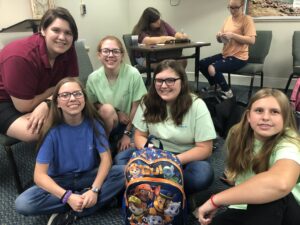
“Although I didn’t feel the call on my life to serve overseas until I was in college, I think it was important that I was involved in these missions-minded programs at a young age as it laid a foundation for how I viewed cross-cultural work.”
Marti Richardson — Doyle’s Mission Friends teacher at Eastmont — said that’s exactly what she’s hoped and prayed for in the 25-plus years she’s worked with preschoolers.
“That’s the age when they’re forming ideas about everything,” Richardson said. “They’re learning motor skills and relationships. We’re missing a really big opportunity if we don’t start instilling missions in them when they’re little.”
She loves it when lightbulbs go off and preschoolers see that they can pray and give to real missionaries serving Jesus in other places. And she’s loved seeing those seeds grow.
“I say to them a lot, ‘One day you’ll be the missionaries,’” Richardson said.
For Doyle, that has definitely rung true.
McIntosh said it is deeply concerning to consider the possibilities if no one is championing missions discipleship in churches, starting with the youngest among them.
She cited a recent Barna study that shows that children began developing a worldview as early as 15 months old and that a lifelong groundwork for their worldview is laid before the age of 12.
“When we do not pass on to our next generation or to the adults in our congregation the work God is doing around the world and here in the States, we fail to help them see the bigger picture of how to be a part of God’s work,” McIntosh said.
She pointed to “Missions Journey: Kids!” as a great resource for churches wanting to add more children’s missions discipleship into their church’s fabric. The flexible curriculum, produced by national Woman’s Missionary Union, includes both missions discipleship and Bible study and can be used by itself or in addition to existing curriculum at your church.
“Missions discipleship is not just a ‘program’ — it needs to be a vital part of your church’s DNA,” McIntosh said. “It’s not about us, it’s not about an organization but simply being a conduit for the message to help people understand where God is working and how to join Him.”
For more information, visit AlabamaWMU.org.
EDITOR’S NOTE — Names may have been changed for security reasons.

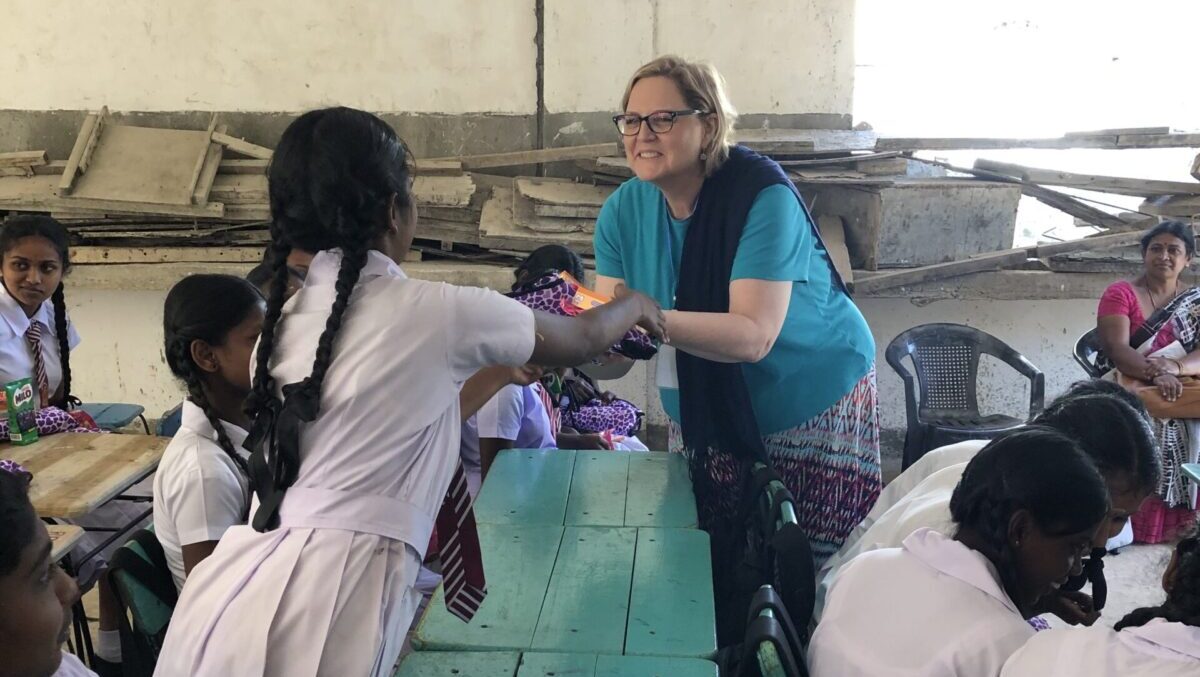
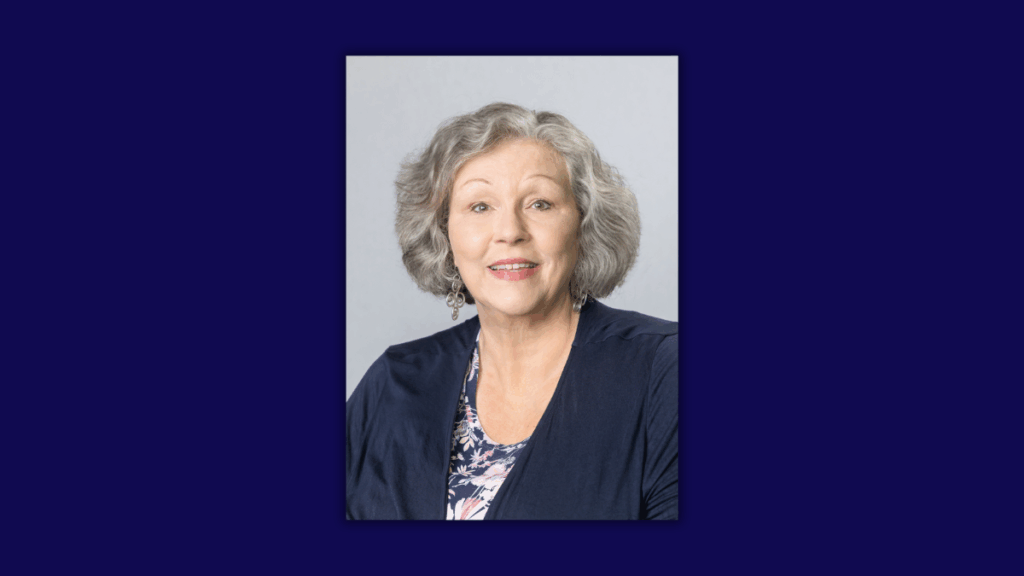

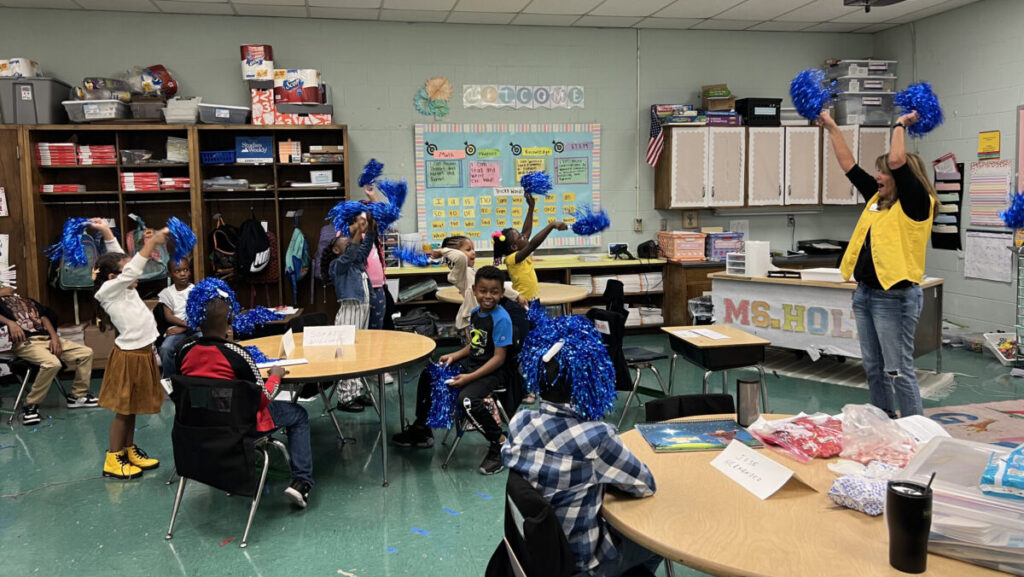
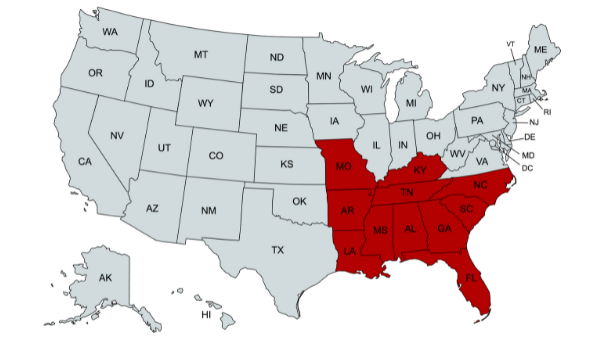
Share with others: